Selling with Feeling: How to Use Emotion to Boost Engagement and Conversion

This post is also available in:
![]()
![]()
![]()
![]()
Although civilization, technology, and rational thought have come a long way over the past couple of centuries (hopefully, those flying cars we were promised in Back to the Future II aren’t that far away), some things remain constant. And science suggests that the way people make buying decisions is one of those things. Yes, purchasing behavior is changing year to year. But deep down, the way consumers decide what products to buy and which brands to support remains the same. It turns out that as many as 95% of all purchasing decisions are made subconsciously, that is, based on emotion.
And while the idea of emotional marketing may seem daunting to many, focusing on feelings when looking to boost engagement or conversions does deliver results.
So, if you’re looking to ensure your messaging hits the right spot – on your website, social media profiles, or in print – here’s how to harness the power of emotions to drive business success.
Double Down on a Specific Emotion
As with any other marketing strategy, the best way to employ emotions to boost engagement and conversions is to have a clear vision of the outcome you want to achieve.
When trying to elicit an emotional reaction, your initial reaction may be to try and create a connection between your brand/products and a variety of positive sentiments such as happiness, dependability, pride, freedom, etc. But the truth is, attempting to do all that will only result in spreading yourself too thin.
Instead, as you look for ways to start employing emotional marketing, the best way to go about it is to double down on one specific emotional effect you want to achieve.
With Fenty Beauty, for example, the primary sentiment is a feeling of inclusion, reflected in the brand’s “Beauty for all” tagline.
Looking at the Shade Finder landing page, the idea of finding the perfect match is repeated throughout the copy. On the one hand, this ensures that web visitors understand that the brand can solve their needs. On the other, it also makes them feel like Fenty Beauty cares about their specific needs, leading to an emotional connection that doesn’t just drive conversions but also paves the way for exceptional brand loyalty.
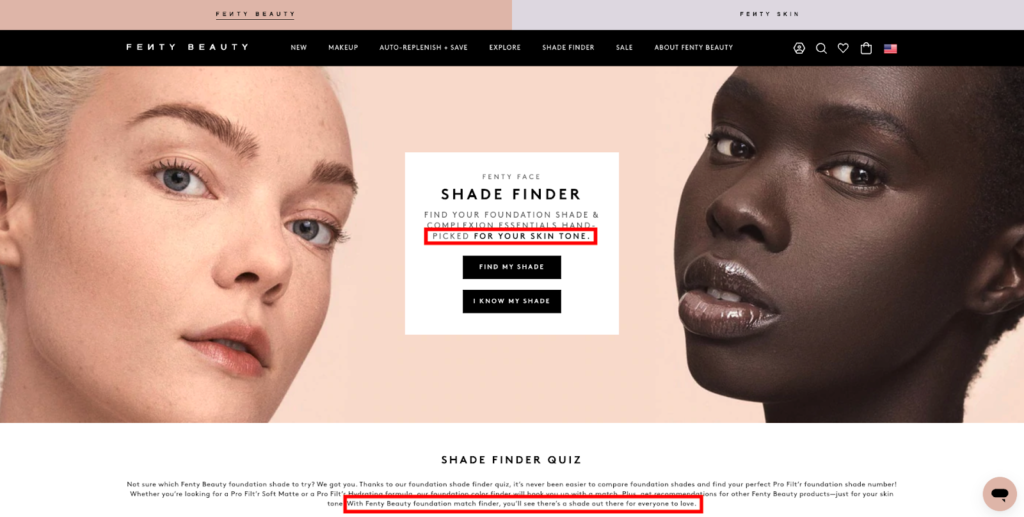
Another excellent illustration of a brand choosing a specific customer response to focus on in its marketing messages comes from Dollar Shave Club.
This brand went viral with its iconic Our Blades Are F***ing Great video published a decade ago. The campaign was funny, unique, and spoke to men who were tired of fussing over their shaving products, which is why it gained over 27 million views on YouTube.
But, while Dollar Shave Club’s videos have gotten increasingly intricate over the years, the message and emotional effect have remained simple. Since the beginning, they have been solely focused on giving the brand’s audience a straightforward solution.
Just check out the company’s homepage. You’ll see that the “Easiest. Quiz. Ever.” headline promises just that – no fuss, no worries, just a product that works.
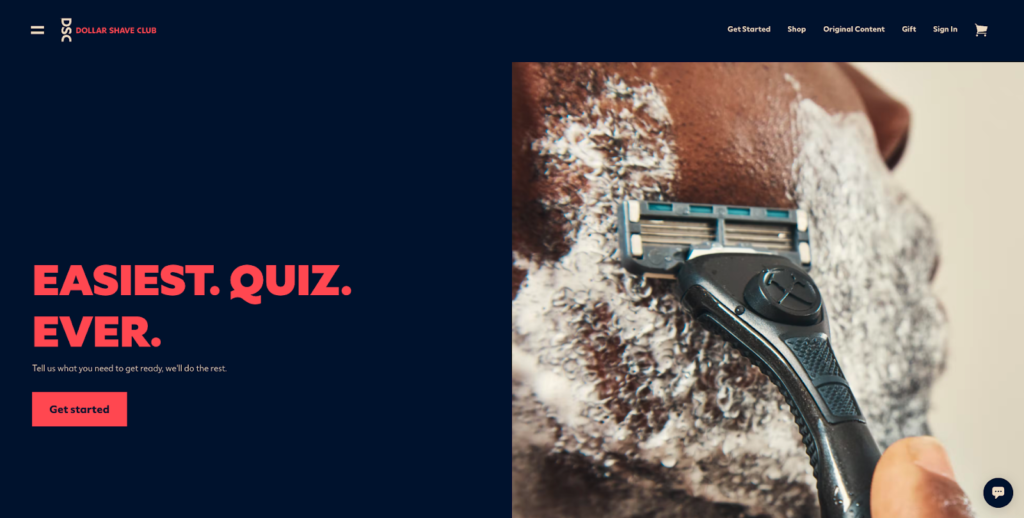
A word of caution: you may have been inspired to explore the idea of emotional marketing by past campaigns that have done the same. However, you must remember that adopting the same approach (and targeting the same emotions) as other brands — even if they’re your competitors trying to reach your target audience — won’t deliver results.
Buyers respond to messages that address their needs, promise to solve their pain points and apply to their specific situations. They are best convinced by marketing messages that speak to them. So, as you choose the emotions you want to elicit, do your best to go for something unique.
Frame Pain Points with the Right Language
If you’re looking to sell products by appealing to your customers’ emotions, don’t forget to re-examine the type of language you use in your campaigns.
A 2016 article explored the impact of anticipated emotions on purchasing intention. It discovered that people made buying decisions based on how they expected to feel after completing a purchase. But interestingly enough, the study revealed the importance of language in achieving a desired emotional effect. The way messages were communicated significantly impacted the level of motivation for purchase or non-purchase behavior.
In other words, the way you frame the pain points in your marketing copy will positively or negatively affect your target audience’s purchase intent.
The conventional way to motivate buyers to convert is to frame pain points with positive language.
For example, if you check out the Voices homepage, you’ll see that the brand goes for an emotional effect by repeating words such as “easy,” “quickly,” “faster,” etc.
And, sure, these words don’t denote feelings per se. However, they remind web visitors of emotions they experience when facing obstacles like the stress of waiting too long for a voice file or the frustration of looking for a voice actor and presenting them with an attractive alternative.
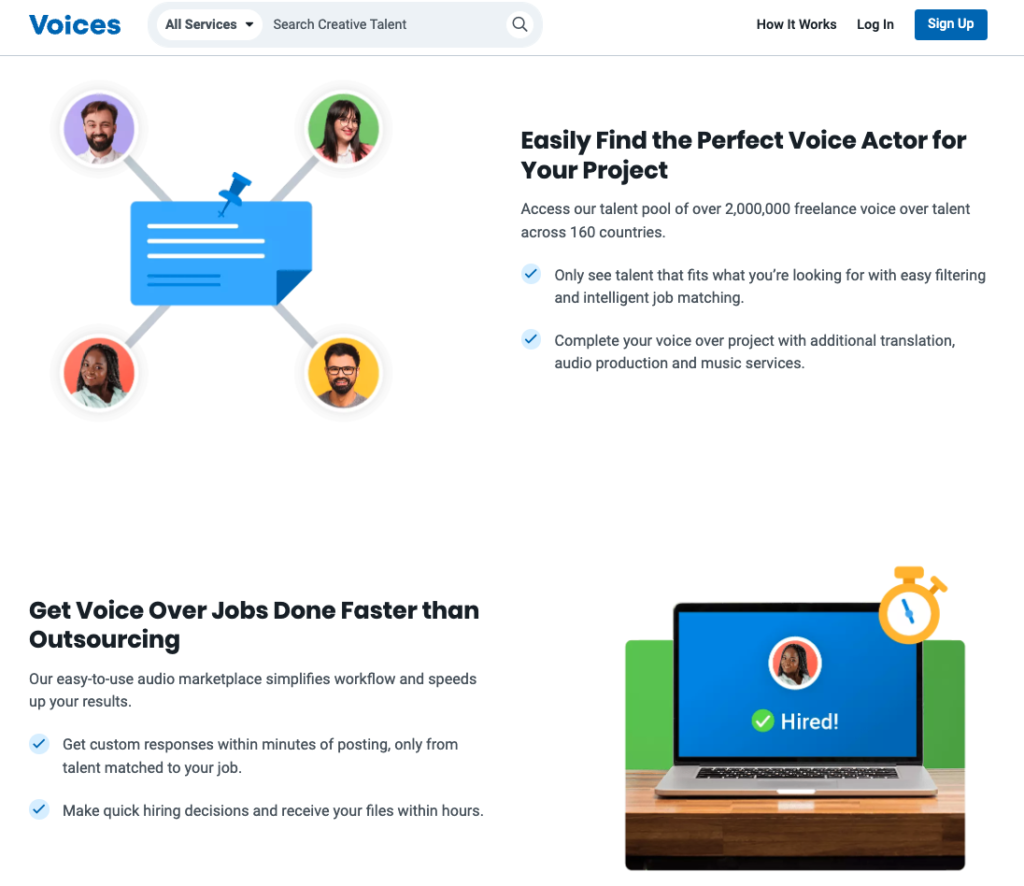
Otherwise, you may also utilize language to remind web visitors of the negative consequences of not taking action or making the wrong decision when choosing what products to invest in.
A glance at the Hello Fresh homepage shows that the brand frames user frustrations with negative language to differentiate itself from the competition. So, it points out that, with its subscription, there’s no “skimpin’ on the chicken” and that “skipping weeks or cancelling is super easy.”
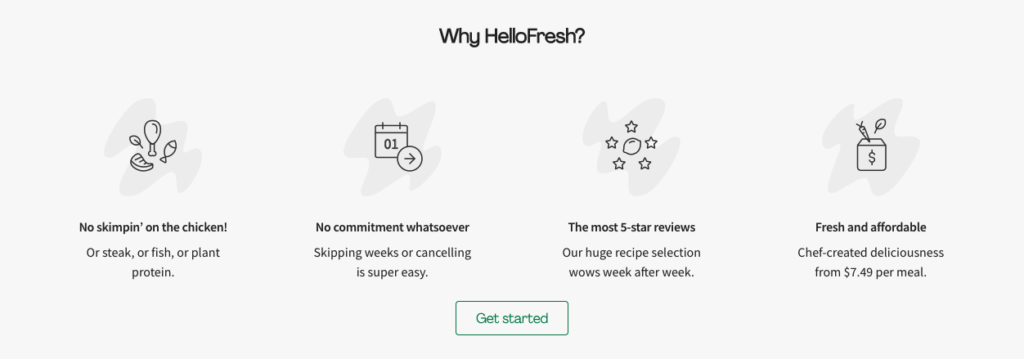
Both of these approaches work. So, if you’re not sure which one fits your branding better, conducting A/B tests may not be a bad idea to conduct A/B tests. This won’t just show the clear winner (based on conversions). It will also help you define your brand’s voice and give you valuable pointers on writing copy that appeals to your target audience.
Use Visuals Wisely
Sometimes, the best way to appeal to your audience’s feelings isn’t to use words. After all, not all product types lend themselves to being described in writing.
In these cases, you can try to rely on visuals to convey your message and elicit a reaction from web visitors.
Visuals — in all their forms — are an excellent way to communicate ideas:
- They are processed in as little as 13 milliseconds.
- They are effective at attracting user attention on content-heavy pages.
- And finally, a picture is worth a thousand words and can often convey more meaning than a headline or even an entire paragraph.
For example, if you check out the cheap tickets landing page on Scott’s Cheap Flights, you’ll see that the heading is pretty straightforward. It doesn’t appeal to people’s emotions. Instead, it speaks to their rational side.
However, to ensure that the message grabs web visitors’ attention and helps the brand’s audience comprehend the benefits of signing up for the service, the design enhances the unique value proposition with an image, adding a dose of emotion to the otherwise standard sales pitch.
The illustration depicts a person enjoying an exotic destination, ready to have a great time. And it inspires web visitors to imagine themselves in that position, playing to their anticipated emotions and increasing purchase intention.
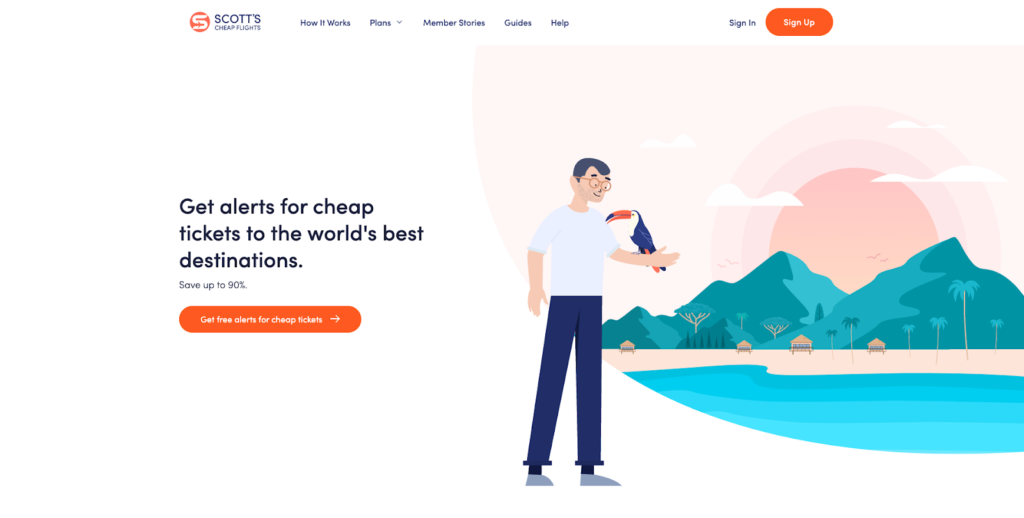
Alternatively, you could also employ video to reinforce the emotions you’re trying to evoke in your writing and ensure higher engagement levels.
For a great example, check out how Steam Deck does it. Good potential buyers’ power, comfort, and versatility in a single device, the brand understood that merely describing these features wouldn’t generate excitement about a handheld gaming gadget.
However, showing what these features look like and how they work does generate enthusiasm, especially when presented via a visually engaging video that uncovers a host of possible settings in which potential buyers could use their brand new gaming device.
Source: youtube.com
Make Emotions Relatable
Another excellent way to get people invested in your products or services is to use emotion to forge a connection between them and your brand. It could be argued that a sense of connection is crucial when trying to boost conversions on your site.
A recent report from SproutSocial discovered that 57% of people would increase their spending with a brand when they feel connected to it. And 76% will choose a brand they relate to over a competitor.
But while prioritizing authenticity, working to humanize your organization, and adopting transparent practices can do a lot to help your brand become more relatable, there’s no better way to bond with your audience than through shared emotions and experiences.
Conveying marketing messages that arouse feelings through relatability is an amazingly efficient strategy for boosting engagement because these have the power to cut through a lot of noise. (And let’s face it, there’s so much marketing noise in today’s world that some consumers have even gotten used to completely ignoring branded content).
For example, check out this video by Velux. Yes, the advertisement is for a window. Yet, the marketing team behind the campaign found a way to employ emotions in a way that would have viewers feel connected to an inanimate object.
So, instead of talking about features or technical specifications, the attractiveness of the Velux product rests entirely on the premise that it is a high-quality item, built to last a lifetime, and made with the single purpose of being there for its owners — through thick and thin.
Source: youtube.com
Or, for an alternative way of utilizing emotional messages to boost brand engagement and inspire conversions, take a look at the Bay Alarm Medical website.
On its homepage, the brand employs social proof in video format to ensure its web visitors get a taste of the feelings of security this brand’s products promise to deliver.
The videos show real-life users describing how having a medical alert system makes them feel, helping their peers imagine the sense of safety they could enjoy by investing in Bay Alarm’s products and encouraging them to convert.
Source: youtube.com
Generate (the Right Kind of) Fear: FOMO
While most of the tactics discussed so far relied on using positive emotions to sell, it’s impossible to fully cover the concept of emotional marketing without mentioning fear. More precisely, the fear of missing out (FOMO).
According to psychologists, FOMO is a phenomenon that consists of two feelings:
- the perception that a person is missing out on information, events, and experiences; and
- a compulsive drive to remain in the loop.
But, what’s interesting for marketers is that science has proven that evoking FOMO can help encourage people to engage in impulsive purchasing behavior. So, brands can generate hype and boost sales with little to no wait time by playing to their audiences’ fear of missing out.
There are several ways to employ FOMO in this way.
One would be to use social proof. Because the buying behavior of their peers influences people, showing them that others are investing in products makes for an effective way to convince them to take action (or face the regret of having missed out).
This is precisely what Orizaba Original does on its homepage, where it shares user-generated content pulled from its social media profiles, proving that people are purchasing and enjoying the brand’s products. (Note the genius heading stating that the brand is “blowing up” like a volcano).

Another method to evoke FOMO is to lean into the idea of limited supply.
If you look at the product pages on Mr. Porter, you’ll find that many items feature “low stock” and “only one left” labels. These have been put there to encourage potential buyers to move through the sales funnel more quickly and convert on their first visit.
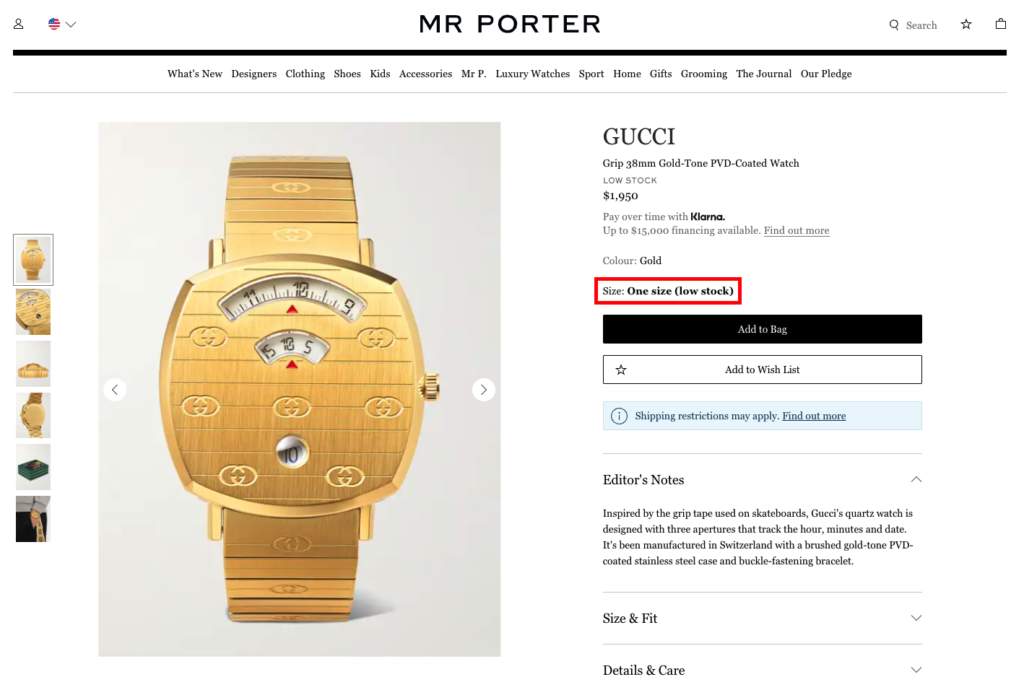
And, of course, there’s the tried and tested strategy of evoking FOMO with a limited special offer, which is perfectly executed on the Queenieke website. On this site, web visitors are presented with a turn-the-wheel discount game that inspires them to try their luck and convert on their first visit.
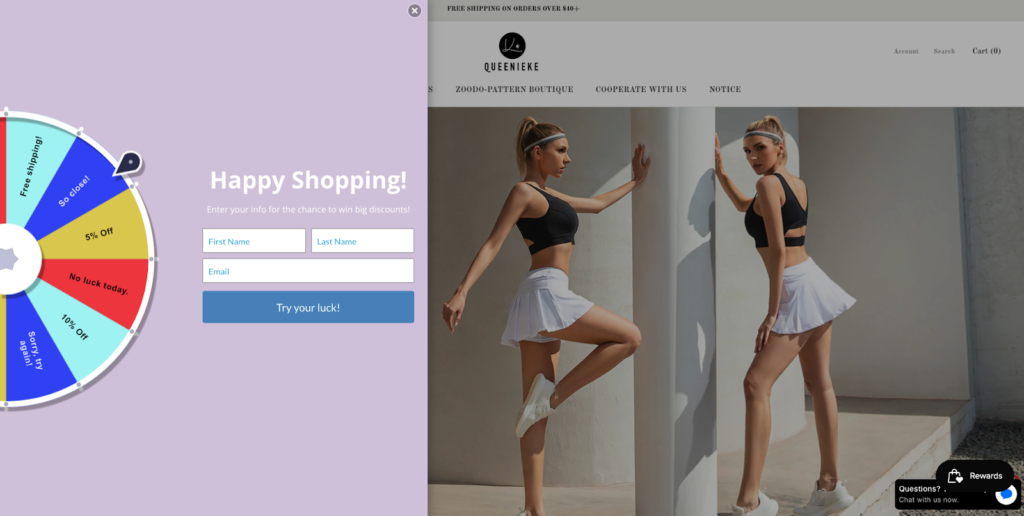
Lean into Potential Awkwardness
Lastly, as you look for strategies that will allow you to utilize emotional marketing to improve business results, don’t forget to make the most of any sentiment – even if it is a negative one.
By taking a bold stance and being unafraid to lean into potential awkwardness, you can effectively sell a product through the means of complete candidness.
Just check out how well SomniFix does it on its homepage.
Instead of dancing around the weird (and potentially embarrassing) topic of snoring, the brand leads with “Don’t be a mouth breather.” This heading shows how well SomniFiz understands its audience’s pain points and the emotional burden of dealing with such a problem.
Yes, the rest of the website copy is professional and science-based. However, that one sentence at the very top does just enough to utilize emotion to grab visitors’ attention, get them interested in the product, and encourage them to take action to solve their pain point.
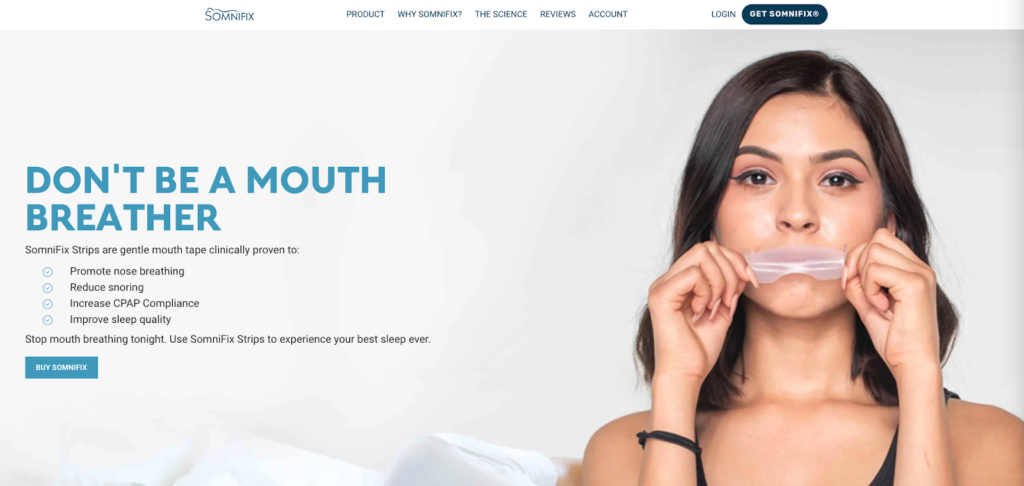
In Closing
Humans are emotional creatures. And because of their nature, they will always respond to emotional marketing messages.
This opens up a host of possibilities for businesses. It allows them to use copy and visuals to get people excited about products. It gives them a chance to become invested in brand missions. Moreover, it creates a valuable space where organizations can forge connections with their audiences, giving them a leg-up when working towards long-term success.
So don’t hesitate to experiment with feelings in your campaigns. Sure, the perfect solution may not come to you quickly. Nonetheless, if you play your cards right, the results will surpass anything you could ever achieve by simply sticking with the rational.

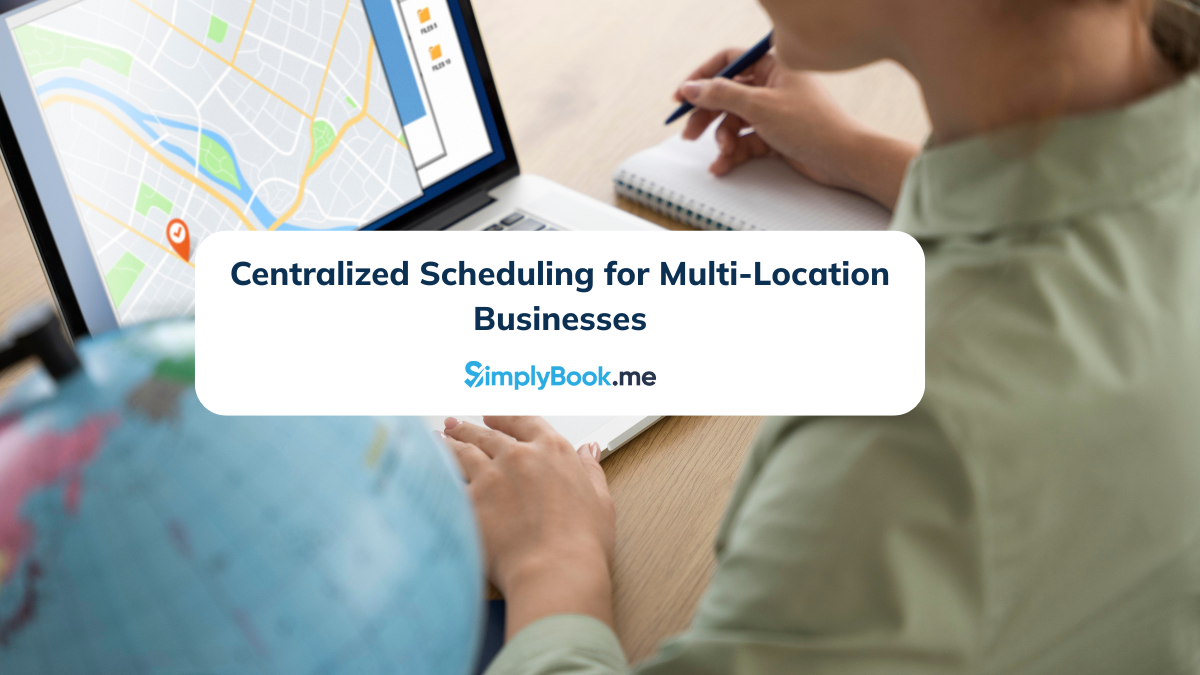
Comments
0 commentsNo comments yet